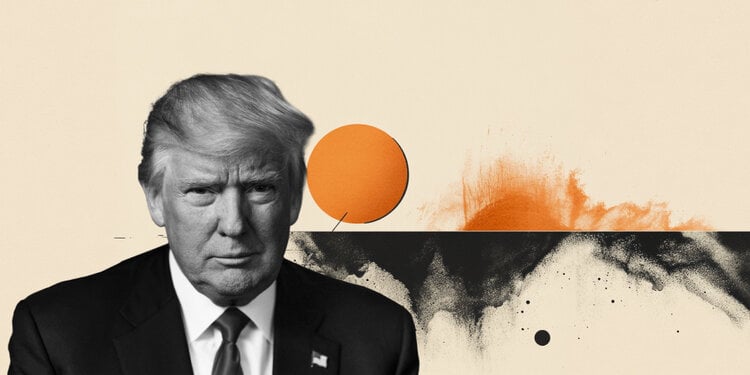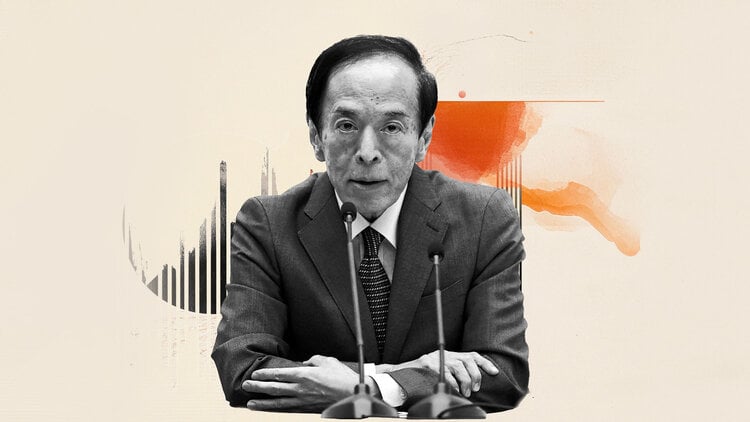- USD/MXN rises to two-day highs at 16.85.
- Mexico's industrial production grew 2.9% annually in January, above the expected 2.1%.
- The dollar gains ground after higher than expected US inflation data.
USD/MXN has reacted higher following Tuesday's key releases. The pair bounced on data from Mexico and the US, initially falling to a low of 16.77 before rising to two-day highs of 16.85. Late in the American session, the Dollar is trading at 16.83 Mexican pesos, gaining 0.26% daily.
Dollar reacts to US inflation data by rising to three-day highs
US inflation data has disappointed expectations in almost all February readings, showing figures higher than market estimates.
According to the US Department of Labor, the General Consumer Price Index (CPI) for February grew by 3.2% annually, above the previous and expected 3.1%. On a monthly basis, the indicator increased 0.4% from 0.3% in January, as expected.
The year-on-year core CPI moderated to 3.8% in February from 3.9% previously, worsening the consensus forecast of 3.7%. Monthly inflation excluding food and energy has maintained its growth at 0.4%, exceeding the estimated 0.3%.
He Dollar Index (DXY) has reacted to this data by gaining momentum and rising to 103.17, its highest level since March 7. The rise of the Dollar is encouraged by the possible reaction of the Federal Reserve to the persistence of inflation data. The figures, above forecasts, ensure that there will be no Fed rate cuts at least until June. The CME Group's FedWatch tool places the options for a first reduction in the sixth month of the year at 56.4%, a percentage lower than the 69.7% estimated a few hours before.
Prior to the US CPI, Mexico published its industrial production data for January. The indicator showed an annual growth of 2.9%, exceeding the previous 0% and the 2.1% expected.
The strength of the Mexican economy may prompt Banxico to cut its interest rates before the Fed, which could cause a rally in the dollar against the Mexican peso, at least in the short term.
USD/MXN price levels
Despite the pair's rally, the trend remains clearly bearish on weekly, daily and four-hour charts. The first support now awaits at 16.76, the 2024 low recorded on March 8 after the NFP. A break of this level could take the Mexican Peso to 16.69/16.70, the August 2023 low zone. Below, 16.62 is a key support zone, as it is the lowest level of 2023 and the last eight years and half.
To the upside, the USD/MXN would need to recover above the psychological zone of 17.00, support now turned into strong resistance, to be able to target 17.15, the maximum of the last four weeks.
USD/MXN 4-hour chart
-638458554075916738.png)
US Dollar FAQ
What is the US Dollar?
The United States Dollar (USD) is the official currency of the United States of America, and the “de facto” currency of a significant number of other countries where it is in circulation alongside local banknotes. According to 2022 data, it is the most traded currency in the world, with more than 88% of all global currency exchange operations, equivalent to an average of $6.6 trillion in daily transactions.
After World War II, the USD took over from the pound sterling as the world's reserve currency.
How do the decisions of the Federal Reserve affect the Dollar?
The single most important factor influencing the value of the US Dollar is monetary policy, which is determined by the Federal Reserve (Fed). The Fed has two mandates: achieve price stability (control inflation) and promote full employment. Your main tool to achieve these two objectives is to adjust interest rates.
When prices rise too quickly and inflation exceeds the 2% target set by the Fed, the Fed raises rates, which favors the price of the dollar. When Inflation falls below 2% or the unemployment rate is too high, the Fed can lower interest rates, which weighs on the Dollar.
What is Quantitative Easing and how does it influence the Dollar?
In extreme situations, the Federal Reserve can also print more dollars and enact quantitative easing (QE). QE is the process by which the Fed substantially increases the flow of credit into a clogged financial system. This is an unconventional policy measure used when credit has dried up because banks do not lend to each other (for fear of counterparty default). It is a last resort when a simple lowering of interest rates is unlikely to achieve the necessary result. It was the Fed's weapon of choice to combat the credit crunch that occurred during the Great Financial Crisis of 2008. It involves the Fed printing more dollars and using them to buy US government bonds, primarily from financial institutions. QE usually leads to a weakening of the US Dollar.
What is quantitative tightening and how does it influence the US dollar?
Quantitative tightening (QT) is the reverse process by which the Federal Reserve stops purchasing bonds from financial institutions and does not reinvest the principal of maturing portfolio securities in new purchases. It is usually positive for the US dollar.
Source: Fx Street
I am Joshua Winder, a senior-level journalist and editor at World Stock Market. I specialize in covering news related to the stock market and economic trends. With more than 8 years of experience in this field, I have become an expert in financial reporting.







